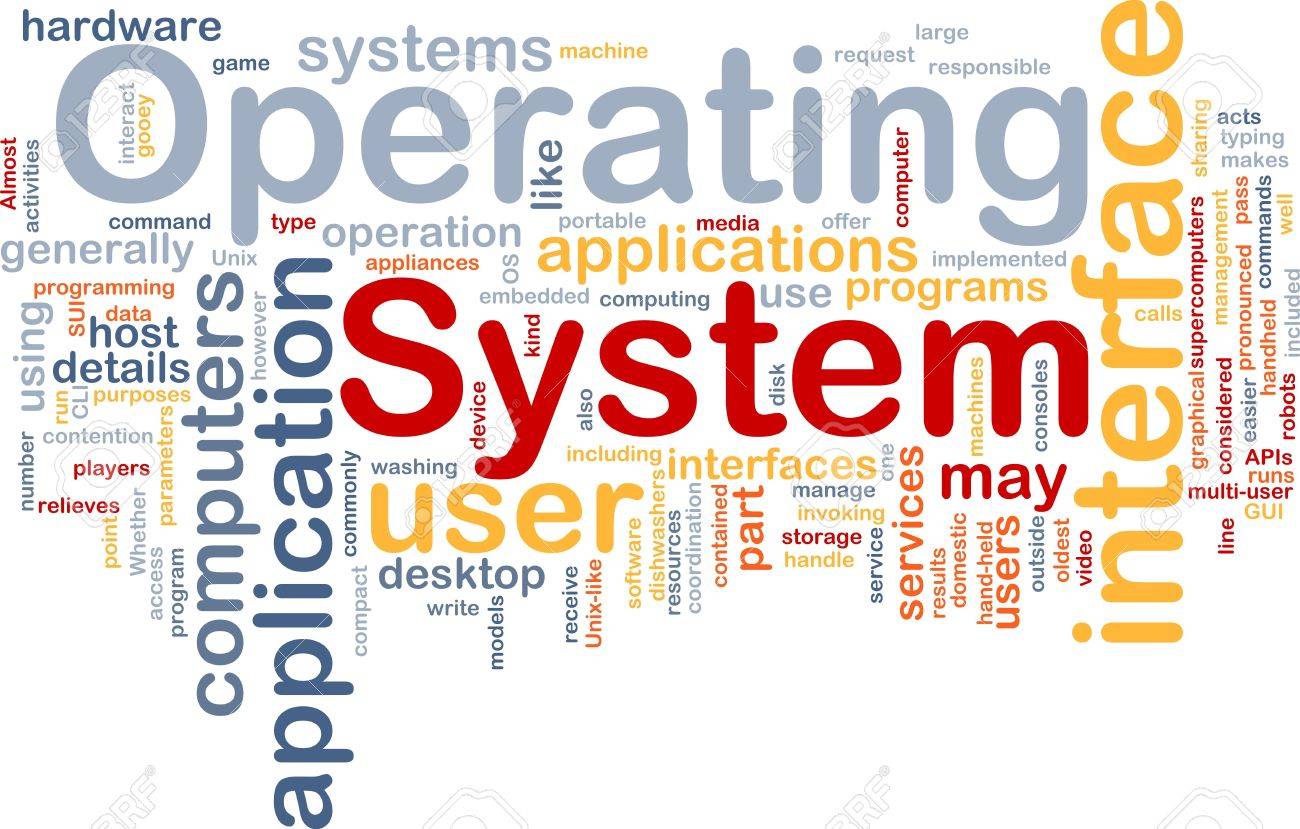Before the 1960s, human operators generally ran computers manually. For each incoming job needing processing, the operator had to reset a lumber of circuits on the computer by hand.
In fact, every function of the computer system- input, output, processing, and storage- required substantial operator supervision and intervention. On these early computers, jobs could be processed only in a serial fashion- one program at a time.
ADVERTISEMENTS:
As a result, the computers sat idle for long periods while operators took care of manual procedures between jobs.
The development of operating systems greatly improved the efficiency of computers. An operating system is a collection of programs that manage the computer system’s activities. Operating systems have eliminated much of the manual work formerly required to process programs.
Many of today’s operating systems enable processing of several jobs concurrently and permit the computer to be left completely unattended by the operator while programs and running.
The primary chores of the operating system are management and control. The operating system ensures that each valid incoming program is processed in an orderly fashion and that the computer system’s resources are made available to run the programs optimally.
ADVERTISEMENTS:
To help you understand the role of the operating system, we can compare its activities to those of a receptionist working in the lobby of a large office. The receptionist’s main duties are to screen visitors and direct them to the right people.
After visitors have identified themselves satisfactorily, the receptionist finds out what they want.
If, for example, a visitor wishes to chat with someone in the organization to get information from a magazine story, the receptionist might direct the visitor to a public relations person on the fifth floor.
If a quick call reveals that the person is available, the visitor is routed upstairs. All visitors must sign a logbook at the reception desk before entering the premises and on their way out. An operating system does many of the same kinds of things.
ADVERTISEMENTS:
For example, on a large computer system, it checks to see that people trying to gain access to the computer system are authorized users. When a user’s identification number is found to be valid, he or she is signed in, or “logged on.”
Next, the operating system determines which of the computer system’s resources will be needed to do the user’s job. Then it automatically assigns these resources to the work request if and when they are available.
Generally, the user will need to tap a number of the system’s resources. For example, a typical job might need the number crunching power of the CPU, a language translator that understands the BASIC programming language, primary memory for storing intermediate results, secondary storage for storing data and programs, and a printer for output.
The operating system makes all these facilities available. Finally, when the user finishes with the computer system, he or she is logged off. In effect, the operating system is the go-between, meshing the user’s application program with the system’s resources.
Because of the central role of the operating system in managing the computer system’s activities, many consider the operating system the most critical piece of software in the computer system. Without an operating system, none of the other programs can run.
The marketplace offers a wide selection of operating systems. Like the executives who manage and control large corporations, the various operating systems differ in many important respects.
For example, some operating systems are designed for only one “brand” of computer, while others are compatible with several brands. Other important differences concern ease of use, speed, number of features available, portability, and cost.
Often these criteria conflict. For example, an operating system that’s designed to be either easy to use or flexible generally isn’t fast. In other words, the more overhead the operating system must carry, the slower it will be.
And, as you might expect, a system that’s packaged with an assortment of sophisticated or powerful features isn’t likely to be inexpensive.

